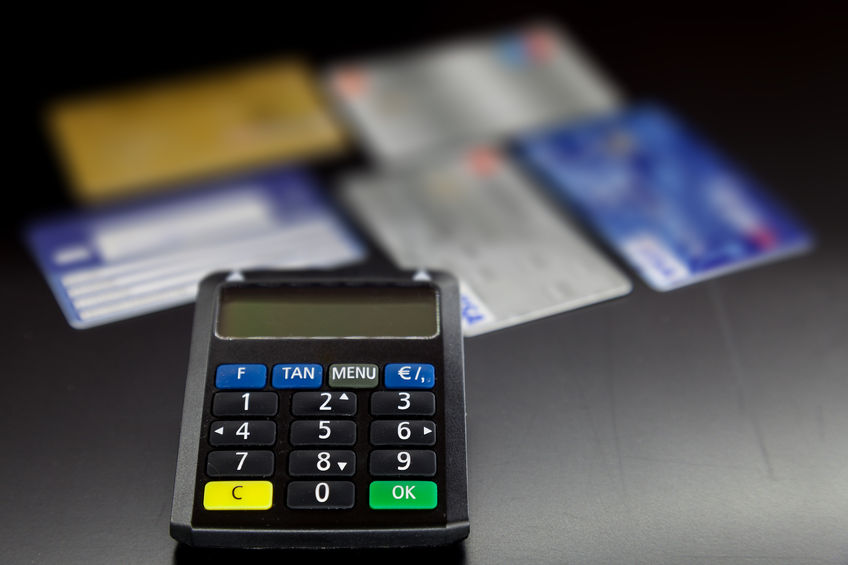Posted by admin on Jan 29, 2011

High Risk Rates vs Standard Risk
The elements involved in pricing a high risk merchant account are the same as those associated with a standard risk account. The exception to this are in reserves, which are almost always required for a high risk account and are seldom required for a non-high risk account.
Merchant Account Rate Structure
Here are most common items which make up the pricing structure for a high risk merchant account.
- Discount rates. A discount rate is a fixed percentage of the value of each transaction processed through a high risk merchant account. The discount rate for a high risk merchant account may or may not be higher than that associated with non-high risk merchant accounts. Certainly, high volume merchants can expect very aggressive discount rates. However, an acquiring bank that accepts a high risk merchant account will uusually charge a premium to cover the increased risk associated with processing
- Transaction fees. A transaction fee is a flat amount per transaction. Transaction fees for a high risk merchant account are similar to those on a standard risk account. However, a high risk merchant account often will include more extensive fraud fighting tools, which can drive up the cost per transaction.
- Monthly statement fees. A monthly statement fee is a charge for high risk merchant account maintenance. The monthly fee is usually similar for both a high risk merchant account and a standard risk account. Beware of providers that charge excessive monthly fees for a high risk merchant account because these are for extra profit margins and provide no benefit to you .
- Gateway fee. A gateway provides a secure connection between a your website and the secure banking network. If you are a high volume merchant, you may be able to connect directly to the payment processor. In this instance, no gateway fees apply. Rates for a high risk merchant account gateway transactions may be slightly higher than with a standard payment processing account, depending upon the jurisdiction of the acquiring bank and the level of fraud protection.
- Setup fees. Most times a high risk merchant account in the US will not have a setup fee. Be wary of a high risk merchant account provider that charges fees for account setup. This are simply money in the pocket of the provider and gives no benefit to you. Some international banks charge a small setup fee once the high risk merchant account is approved, before live processing begins.
- Reserves. Reserves are money put aside as a set off against potential chargebacks in a high risk merchant account. Reserve accounts are generally required for high risk merchant accounts because statistically there is a greater likelihood of chargebacks and fraud for a high risk merchant account as compared to a non-high risk merchant account. Reserves for a high risk merchant account range from 5-10%. Most are six month rolling reserves. This means that in month 7, reserves for month 1 are credited back to the high risk merchant account, month 8, reserves for month 2 are credited back and so forth. Reserve accounts can be renegotiated once a high risk merchant account has have set up a payment processing history with the acquiring bank.
Conclusion
It is prudent business for any company with a high risk merchant account to establish and maintain a good relationship with the acquiring bank. Once you have history demonstrating the ability to successfully manage a high risk merchant account, rates can be renegotiated.
Looking for a high risk merchant account?
Contact info@paynetsecure.net today
Topics
- Payment Processing Trends in the Gaming Industry
- The Future of Payment Processing: Trends and Innovations
- Choosing the Right Payment Processor for Your Gaming Business
- No Chargeback vs Traditional Payment Processors
- The Impact of No Chargebacks on Customer Trust
- Fraud Prevention in No Chargeback Merchant Accounts
Categories
- adult merchant accounts (7)
- alternative payments (10)
- Blockchain Merchant Account (1)
- chargeback (11)
- Chargeback Prevention (7)
- Cloud Payment Processing (1)
- Contactless Payment Processing (1)
- crypto currency merchant account (5)
- debt collection merchant account (1)
- Direct Response Merchant Account (1)
- ecigarette merchant account (1)
- Ecommerce (8)
- fantasy sports (2)
- Fantasy Sports Merchant Account (3)
- Forex Merchant Accounts (1)
- Global eCommerce (13)
- health care credit card processing (4)
- high risk merchant account (139)
- high risk payment gateway (44)
- high risk processing (72)
- Independent Software Vеndоrѕ (2)
- International Merchant Account (13)
- international merchant accounts (28)
- international payments (24)
- medical billing (4)
- merchant accounts (25)
- mobile payments (7)
- MOTO merchant account (1)
- Multiple Currency Payment Processing (5)
- nutra merchant account (5)
- Nutraceutical Merchant Account (5)
- offshore merchant accounts (11)
- Online Dating Merchant Account (1)
- Online Gaming Merchant Account (3)
- Online Gaming Merchant Accounts (4)
- p2p network payment processing (1)
- payment gateway (22)
- Payment Gateway Chargebacks (4)
- payment processing (60)
- payment processing gateway (65)
- Payment Processing Merchant Account (23)
- payment processing system (42)
- recurring billing (12)
- recurring payments (14)
- SaaS Billing (10)
- SaaS Payment Gateway (1)
- SasS Payment Processing (2)
- Secure Payment Processing (25)
- Telemedicine Merchant Account (1)
- Travel Agency Merchant Accounts (4)
- travel industry merchant account (4)
- travel industry payment processing (3)
- travel merchant account (3)